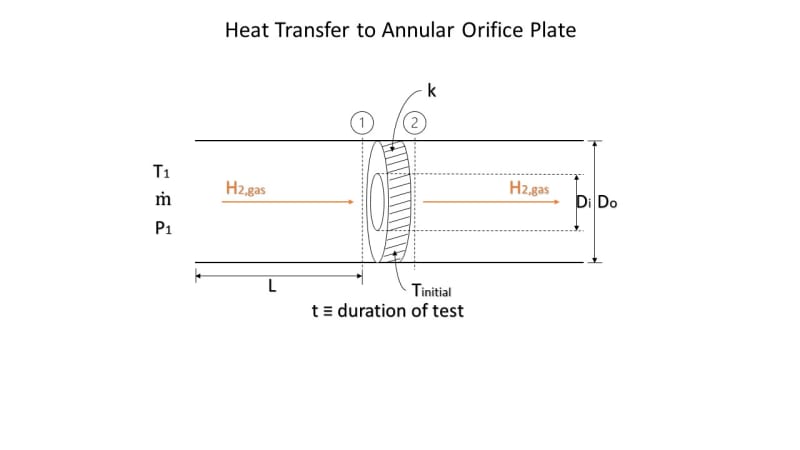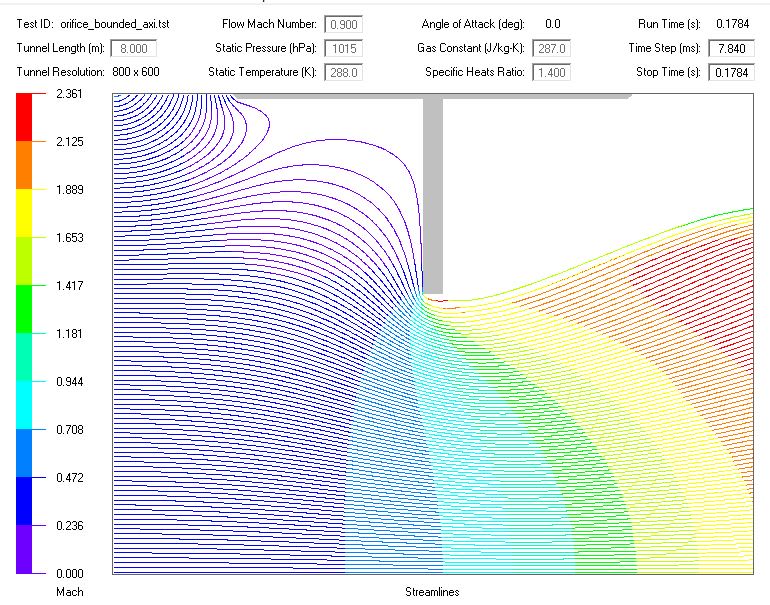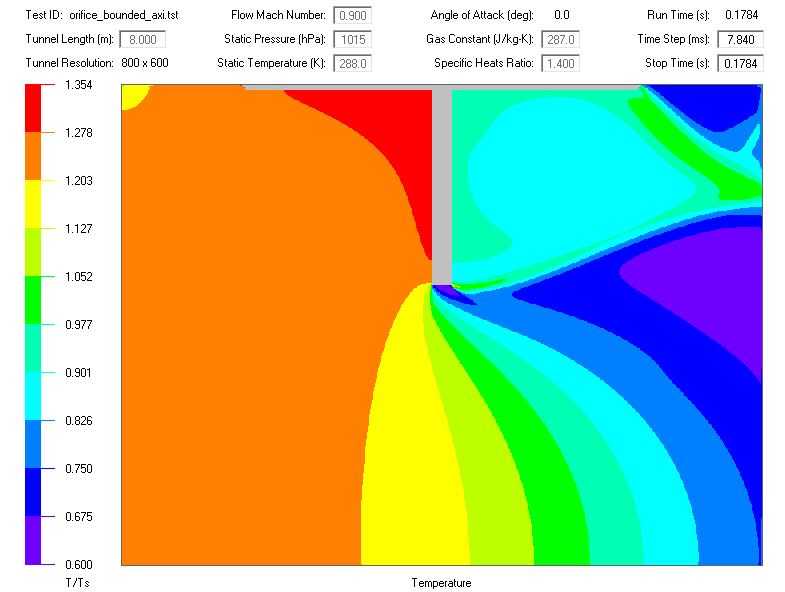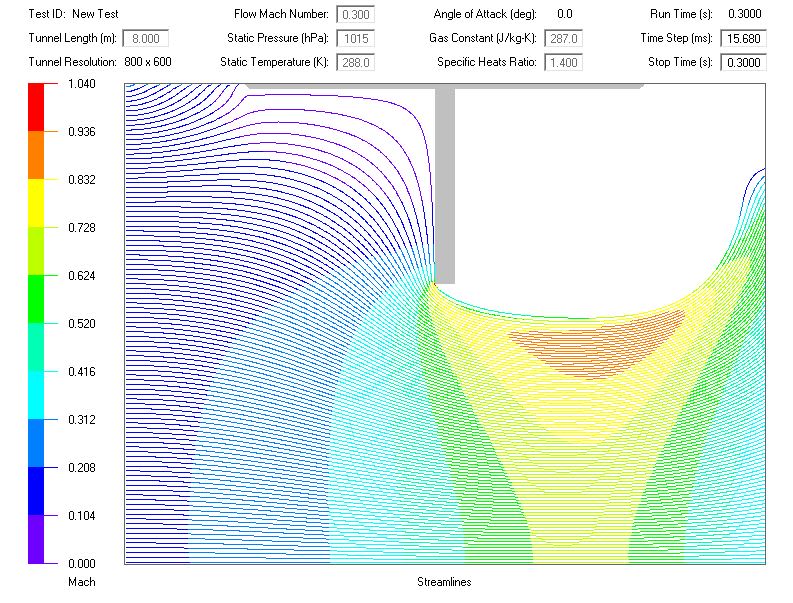I am a graduate student in mechanical engineering and am doing an independent research class. One of the things I need to do is to calculate the heat transfer of high temperature gaseous hydrogen on an orifice plate in a rocket nozzle simulator. I drafted up a rough sketch and have attached it below. I will also need to calculate pressure difference, to determine the force on the plate.
The issue is that the orifice plate will likely experience the highest heat load in the system, surpassing what the material can withstand. So an active cooling method must be explored. One of the first big steps I need to make is to calculate the heat transfer from the hot gaseous hydrogen to the orifice plate. I'm inclined to classify this as a forced convection problem. But I am unsure how to initially approach the problem since the orifice plate is the object of interest and would be normal to the internal pipe flow. So I doubt I can use parallel, internal pipe/flat plate flow analysis?
The variables in the schematic are either given or assumed. I would have provided some numerical values, but I am not allowed to disclose such information. Any tips or insight from others is appreciated. I am also interested in any software that could simulate this kind of problem. I tried out Energy2d, but it is not uncodnitionally stable, so it blows up when dealing with high temperature, high velocity convection flows such as this.

The issue is that the orifice plate will likely experience the highest heat load in the system, surpassing what the material can withstand. So an active cooling method must be explored. One of the first big steps I need to make is to calculate the heat transfer from the hot gaseous hydrogen to the orifice plate. I'm inclined to classify this as a forced convection problem. But I am unsure how to initially approach the problem since the orifice plate is the object of interest and would be normal to the internal pipe flow. So I doubt I can use parallel, internal pipe/flat plate flow analysis?
The variables in the schematic are either given or assumed. I would have provided some numerical values, but I am not allowed to disclose such information. Any tips or insight from others is appreciated. I am also interested in any software that could simulate this kind of problem. I tried out Energy2d, but it is not uncodnitionally stable, so it blows up when dealing with high temperature, high velocity convection flows such as this.





